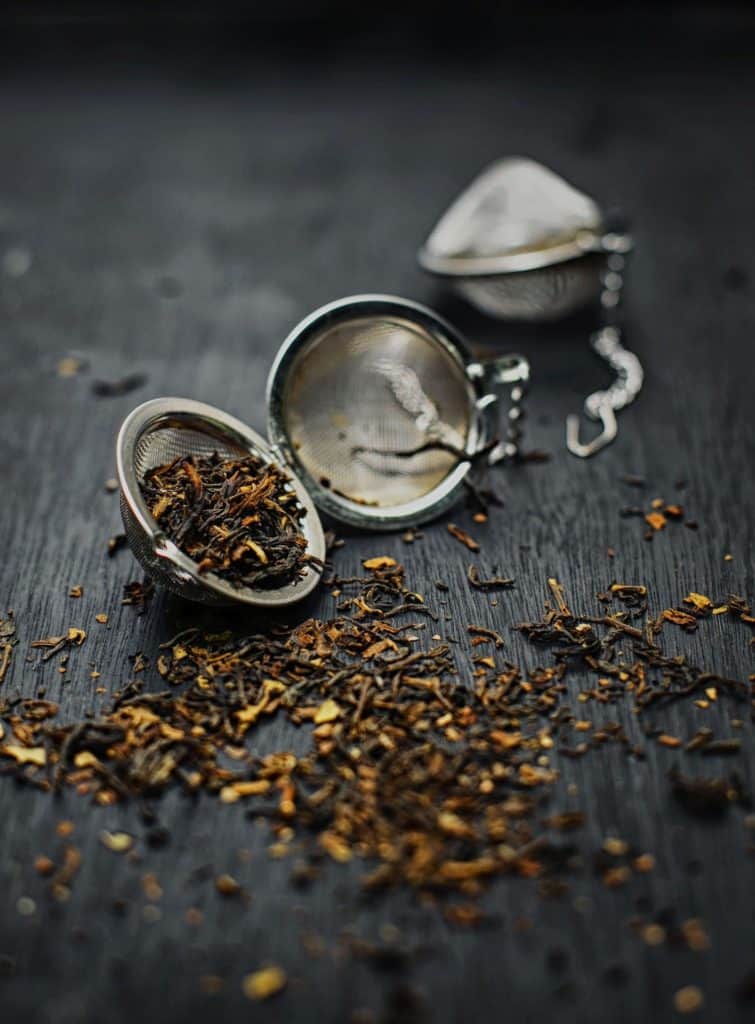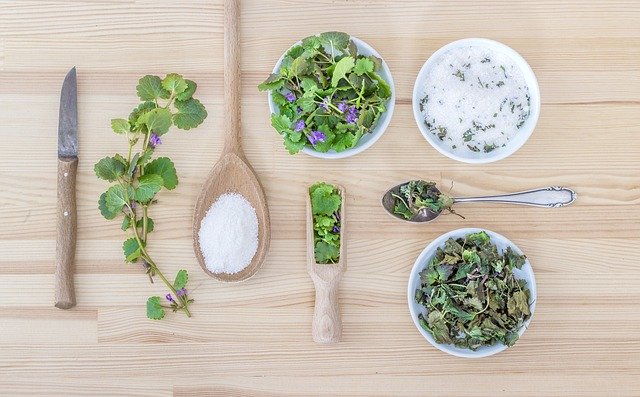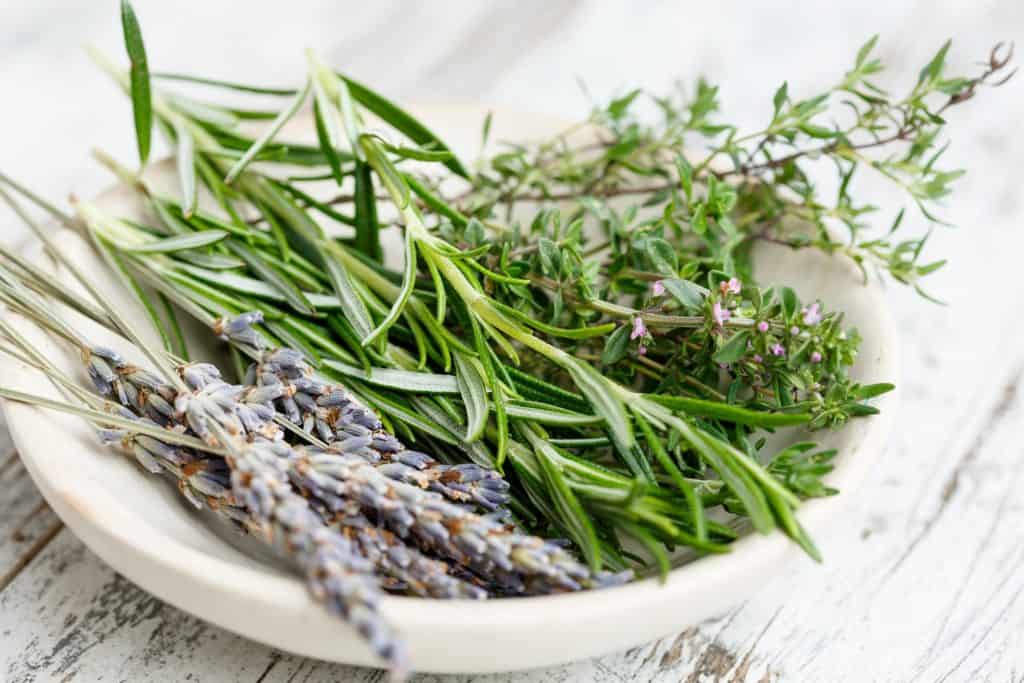I’ve said it before throughout this series, and I’ll say it again: Every aspiring home herbalist (or green witch) needs to grow their knowledge of common herbs right along with their herb gardens.
This series will introduce you to 8 common medicinal herbs and how you might want to use them in your home apothecary. Of course, there’s much more to know about each plant, but hopefully this will be enough to inspire your curiosity.
Chickweed: The Forgotten Healer From Your Yard
Chickweed is often the bane of many gardeners. Though easily removed from garden beds and tossed aside or given to the chickens for a snack, this little plant readily “volunteers” in our gardens. It’s benefits have been forgotten by many, and it seems this plant is hated by even more people.
If only they knew of the powerful healing properties of chickweed. It’s mostly been long forgotten, but it’s now being “rediscovered” by many gardeners and home herbalists.
You can find chickweed early in the spring and all year round in some areas. It’s a low growing plant found in just about any yard or growing as a lush ground cover from last year’s garden.
Look down next time you’re out in your yard…..
An old-timer once said, that if you find a medicinal plant growing close to your house, that means that you need the healing properties of that plant for your health. I have always embraced this idea, and I always pay close attention to the plants that just appear in my flower and vegetable gardens. I see these plants as messengers. I make sure to find out what the plant is, how it is used, and what meanings it has, whether spiritual, magickal, or practical.
Next time you’re out in your yard, that might give you pause to look down and check out the plants you see growing there. Grab your favorite plant field guide book and take a stroll around your yard. You might be surprised at what you find growing out there and the messages it might have for you.
**Safety is always first. Be sure that you can positively identify any plant that you gather from the wild. A good field guide will be a great investment.
A well-known herbalist, Susun Weed, explains chickweed in a memorable sentence: “Chickweed is a cool helper when the situation is hot.” This is a nod to the many healing properties of this little plant.
Chickweed is also pretty tasty in a spring salad. It has nutritious, strengthening properties, so it’s great for anyone who is just getting over sickness or a stay in the hospital. It’s gentle and soothing, supporting our body to heal itself and bring us back to wellness.

Make a Chickweed Tincture
Collect chickweed in the spring and hang to dry (or use your favorite method). Once dried, the plant is then added to a jar, about a cup will be enough for a quart jar. Then fill the jar with 100 proof (or higher) vodka, being sure to cover up all the plant material with the alcohol. You can also use Everclear. Then seal the jar with a plastic lid and hide it in a cool, dark place for six weeks or so. Take it out and shake the jar frequently. I usually shake my tinctures daily, but if you aren’t able to do it that often, don’t worry about it. Do it as often as you can.
This process is called making a tincture. It takes weeks to draw out the healing properties of the plant, however, the tincture will last you a very long time without spoiling once you drain out the plant material after it’s had a chance to “work” for the recommended time.
To use: You can add drops of your chickweed tincture to water or your morning smoothie. You can also add it to a bit of honey to make it more palatable, since some tinctures aren’t all that tasty. This tincture will help you by providing beneficial vitamins and minerals.
Chickweed Vinegar
Another way to use fresh chickweed is to add it to vinegar. You’ll do it up just like the tincture, but it will be ready to use a little faster than the alcohol tincture. Simply add the fresh chickweed to the jar, then add vinegar over all the plant material. You can add other ingredients too if you like. You can experiment with this to see what flavors really resonate with you. Top with a plastic lid and store it in a dark place for a couple of weeks.
Then you’ll have a delightful, nutritious dressing to add to a salad or food.
Chickweed is a cool healer when we are hot, like with chest colds and such. She can help us get our strength back and heal our wounds. It has also been used to help with pink eye, weight loss, and joint maintenance.
So next time you’re out in the yard, (or check with Mountain Rose Herbs if you need to buy from a reputable source), see if you can find this little forgotten healer. You might just want to add it to your next salad.
Summary
Chickweed is both loved and hated. It depends on who you ask, how they’ll feel about it. It reminds me of that saying about weeds being plants that aren’t growing where we want them to. Now that you know about this little powerhouse, how will you use it? I hope you’ll be inspired to give it a try.
Be sure to catch the other posts in this series, listed below.
Other Posts in this Series
What is Plant Medicine? The Basics.
Learning Plant Medicine for Beginners
Start your Own Home Apothecary: Tools & Methods
8 Plant Medicines Found in your Kitchen
Plant Medicine to make in the Fall
Disclaimer: I’m not a medical doctor or an herbalist. This article isn’t intended to be medical advice. Not all plants are safe to use. Some are toxic and can be deadly. Other herbs may cause an allergic reaction in some people. Always consult your doctor, healthcare provider or a qualified herbalist before using any type of plant medicine.



